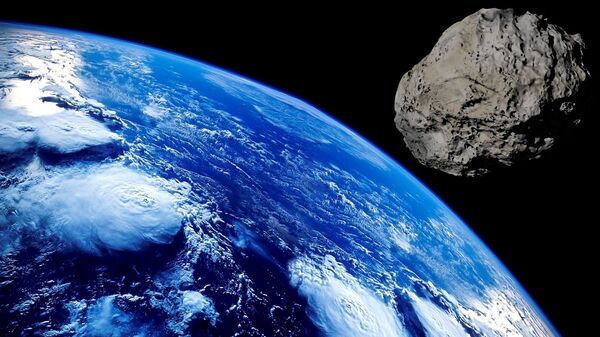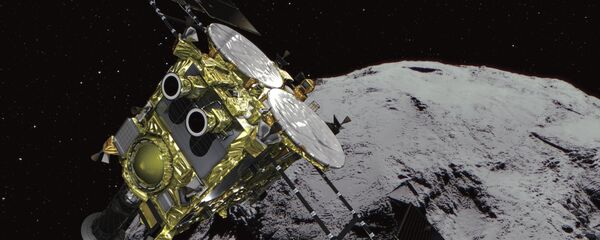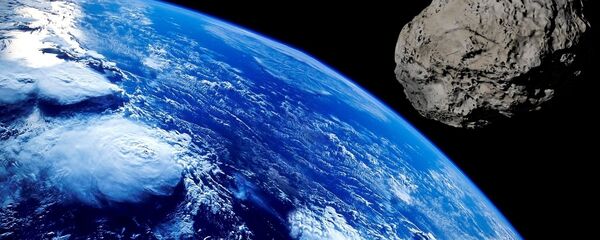Jay Melosh, an American geophysicist whose scientific interests involve impact cratering estimates, played out a shocking scenario, of a gigantic, 370-metre wide asteroid, codenamed Apophis 99942, coming into direct contact with Earth.
As early as 2004, when the asteroid was first spotted, NASA suggested that a collision might happen in 2029, with the year further changed to 2036, and finally to 2068, with the space agency admitting on 21 February 2013 that there is a 1/150,000chance of a direct impact with Earth in 50 years’ time.
Melosh, who completed his physics and geology degrees at Princeton University, outlined the scenario in Amazon Prime’s “Asteroid Trackers” as early as in 2009, but its relevance is particularly well-felt as of today, as the first predicted collision date is just 10 years from now.
“In space, we would use a mirror like a magnifying glass. As we hit the asteroid, we begin to vaporise material and, as it vaporises, the asteroid gets pushed the other way”, he said, adding that all that needs to be done is the velocity of the asteroid to undergo a minute change of one centimetre a second.
Melosh expressed certainty that this tiny annual shift away “will push it off a collision course and save Earth”.
He previously voiced a chilling assumption that if Apophis or a similar-sized space rock did strike Earth, then it could wipe out a whole city, or the lion’s share of one.
“If something like Apophis were to strike a city – let's say it fell on Boston – it could create a ten-kilometre-wide crater. Almost all of metropolitan Boston would be destroyed”, Melosh shared, providing a scary description of the way humans would feel should this happen, such as an intolerable heat, like of “there were six suns in the sky”.
“Clothing would ignite, you would suffer third-degree burns, it would be devastating”, Melosh summed up.
Meanwhile, the European Space Agency’s Near-Earth Object Coordination Centre is increasingly concerned about another space rock, the asteroid 2018XB4, which was only discovered in December 2018 and is preliminarily estimated to be about 70 meters in diameter. It has recently been included in the top 10 potentially most hazardous Near Earth Objects (NEOs/) and currently ranks fifth on the list.



